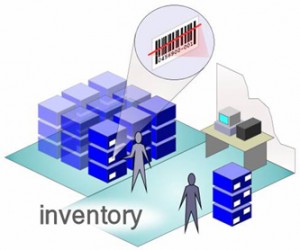I was actually shocked when I read that Amazon did not meet the expected forecast set by analyst for the upcoming 2014 pre-holiday holiday quarter. Amazon’s forecast on their first phone, the fire smart phone, was not a success either. In reality, there was not a demand for the phone and that is what cost them $170 million dollars in inventory charges. There were several attempts to push the phone out to customers and those were based on the firefly functionality (which could detect movies, music, etc) and giving a year membership for amazon prime. On the international level, it was not successful either due to the fact that there were new online taxes enforced in such countries like Japan, a technology icon.
Behind the scenes, one of the major reasons that Amazon reported losses for the third quarter is because they were actually getting ready for the holidays. In other words, they are spending the money to acquire the resources necessary to be ready for the 2014 holidays. Because of course, we all want our holiday gifts to be in stock and arrive on time. A great portion of that spending is heading out to their new labor force which consists of 80,000 seasonal workers in the United States alone. That happens to be 10,000 more workers hired in comparison to last year.
Because the holidays typically revolve around technology and the latest games available, Amazon introduced five new kindle tablets. In my opinion, more importantly, they planned and recently acquired Twitch, a live video game streaming site that accounts for over 40% of the video streaming traffic world. I think this is huge because it opens up the doors to the kindle tablet platform. Once an update goes through, Amazon is a great contender to relieve Netflix from its number one position for video streaming.
It obviously looks like Amazon is ready to take on this upcoming 2014 holiday season. It’s really interesting to see how forecasts are looked at from different angles. On one hand, we have analysts who said that Amazon would sell a certain number of dollars and when it doesn’t, Amazon could lose some market share. However, when we look at it from the Amazon business perspective, they spent the money to make sure this holiday season is very successful for, them and us, the consumer.
For us Chicagoans, Amazon is going to be very close to home because Amazon could be bringing a warehouse to Illinois by 2017. That’s going to be huge for those who already consider Amazon to be their best friend when it comes to making purchases.
What do you guys think about Amazon’s forecasting techniques?
Does the fact that they reported significant loses mean anything to you and how you shop?
Does Amazon happen to be your go to place for past holiday seasons?
What’s your take on their new streaming services purchase?
http://www.bloomberg.com/news/2014-10-23/amazon-s-sales-forecast-for-holidays-misses-estimates.html
http://www.businessinsider.com/amazon-buys-twitch-2014-8
http://politics.suntimes.com/article/springfield/1000-jobs-amazon-should-arrive-illinois-2017/tue-10282014-119pm
